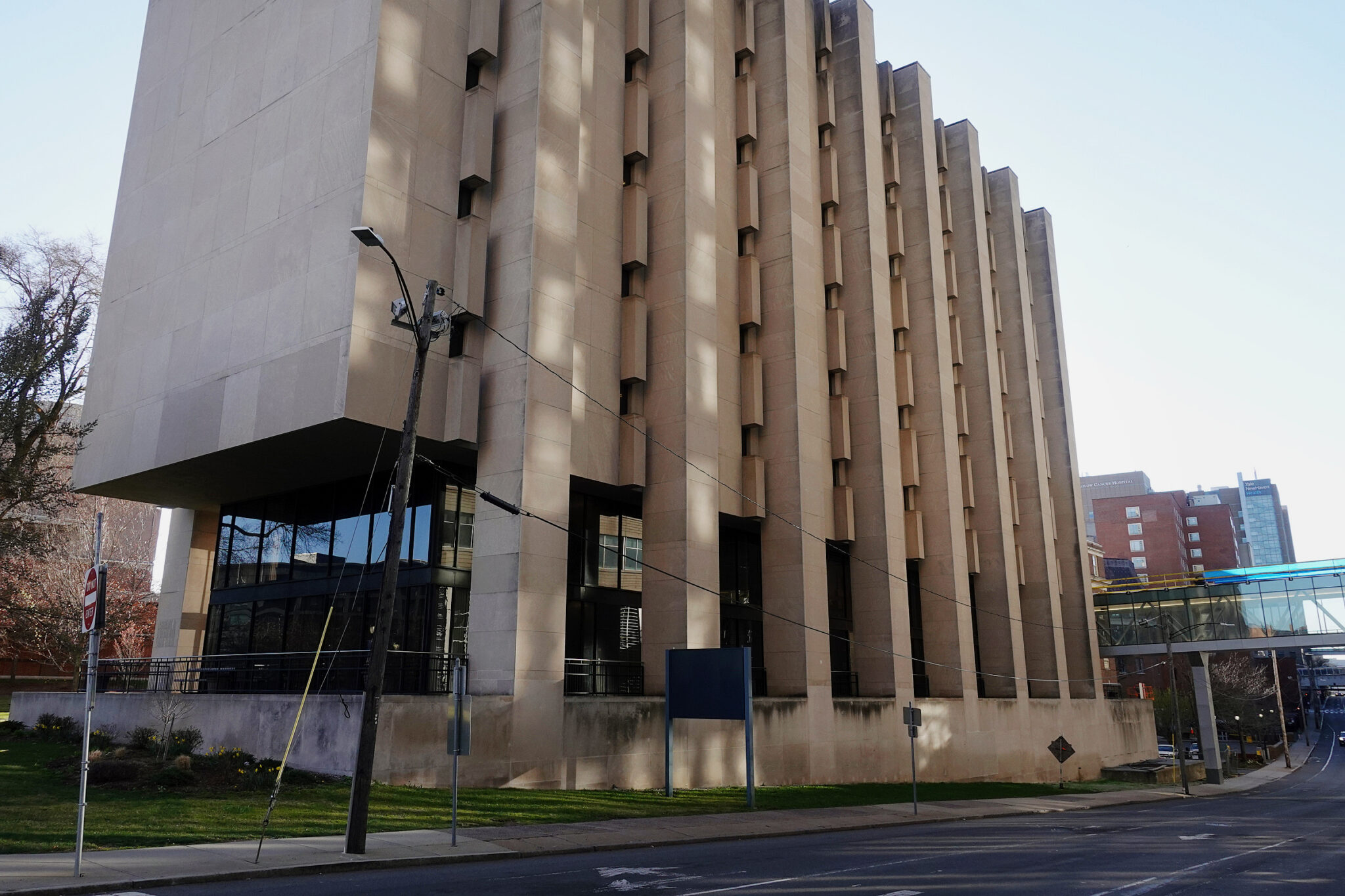Federal program to reduce health disparities is ineffective, YSPH researchers find
A new study from the YSPH found the Health Professional Shortage Area program to be ineffective in its goal of reducing healthcare shortages in underserved areas.

Tim Tai, Senior Photographer
A new study from the School of Public Health has found that the Health Professional Shortage Area, or HPSA, program has little effect on reducing disparities in healthcare access and health outcomes.
The HPSA program is a federal program that designates specific geographic areas, populations or facilities with a shortage of primary, dental or mental healthcare providers. The researchers found that 73 percent of the regions the program designated as high-need areas still experienced healthcare shortages ten years after their original designation, despite the HPSA’s efforts to mitigate disparities.
“[This study] demonstrates the inability of [a] well-intentioned health policy to achieve its goals,” Leslie Curry, a professor of public health at the School of Public Health, wrote in an email to the News. “Physician shortages and the associated impacts on mortality have not improved even after a decade of policy implementation. Clearly the HPSA program needs to be refined, and hopefully, this study compels action. This is another excellent example of why it is essential to work at the intersection of evidence generation and policy development.”
The study was led by Justin Markowski GRD ’24, a doctoral candidate studying health policy and management, Jacob Wallace, an assistant professor of public health, and Chima Ndumele, an associate professor of public health who also works for the Institute for Social and Policy Studies.
According to Markowski, the HPSA incentive program was founded in the 1960s, and it has continued expanding through the subsequent decades. Underserved areas petition on the state level to be identified as HPSAs. The program then offers various incentives, such as student loan forgiveness and medicare reimbursement, to encourage physicians to continue practicing in these areas.
“[The HPSA program is] a critical part of the healthcare safety net, and it amplifies a federal approach to identify and mark need and underserved communities across the country,” Markowski told the News.
Though the program’s primary goal is to reduce physician shortages in these underserved areas, Markowski noted that there has been little research on whether the program is having its intended effect. To test the program’s effectiveness, Markowski and the other researchers identified the number of physicians and mortality rates in different areas around the country. Then, they compared HPSA-designated areas with “control counties,” areas that had similar demographics to HPSA counties but never petitioned for HPSA designation.
After this analysis, they found that there was little difference in physician density or mortality rates between HSPA counties and the controls.
“We believe that the program is really great at identifying and characterizing a salient problem … [but] it just has been ineffective at ameliorating that need,” Markowski said. “We believe that this is due to incentives that are not tuned appropriately or targeted or sufficiently targeting the right areas.”
The study then identifies two alternative strategies to improve the program’s effectiveness. First, they suggested that the program should expand some of its incentives, such as giving providers in underserved areas greater autonomy.
Second, the researchers suggested that the program use incentives aimed at recent medical school graduates rather than current physicians. Markowski said that this strategy may be effective because many physicians tend to stay in a certain area once they establish a panel of patients, and many of these HPSA areas don’t have any physicians at all.
“It’s important to discuss and think critically about and the other incentive is definitely looking at the actual mechanisms of healthcare practitioner decisions,” Markowski said. “The idea is that maybe if we think really carefully about attracting young physicians and really helping them make the decision and shift that burden toward wanting to practice in an underserved area.”
Markowski believes it is important for the program to think of more creative solutions and incentives to mitigate physician shortages and health disparities. Overall, the team said that researchers should conduct future studies to examine whether these solutions are effective.
Jess Graham GRD ’28 praised the researchers for questioning the impact of current health policies.
“I think that it’s a good thing that researchers at the School of Public Health are trying to determine whether current health policy is effective,” Graham said. “I think it’s important to stop and assess whether current policies are having their intended actions and if they are not, figure out effective methods to mitigate these health disparities.”
The School of Public Health was founded in 1915.







